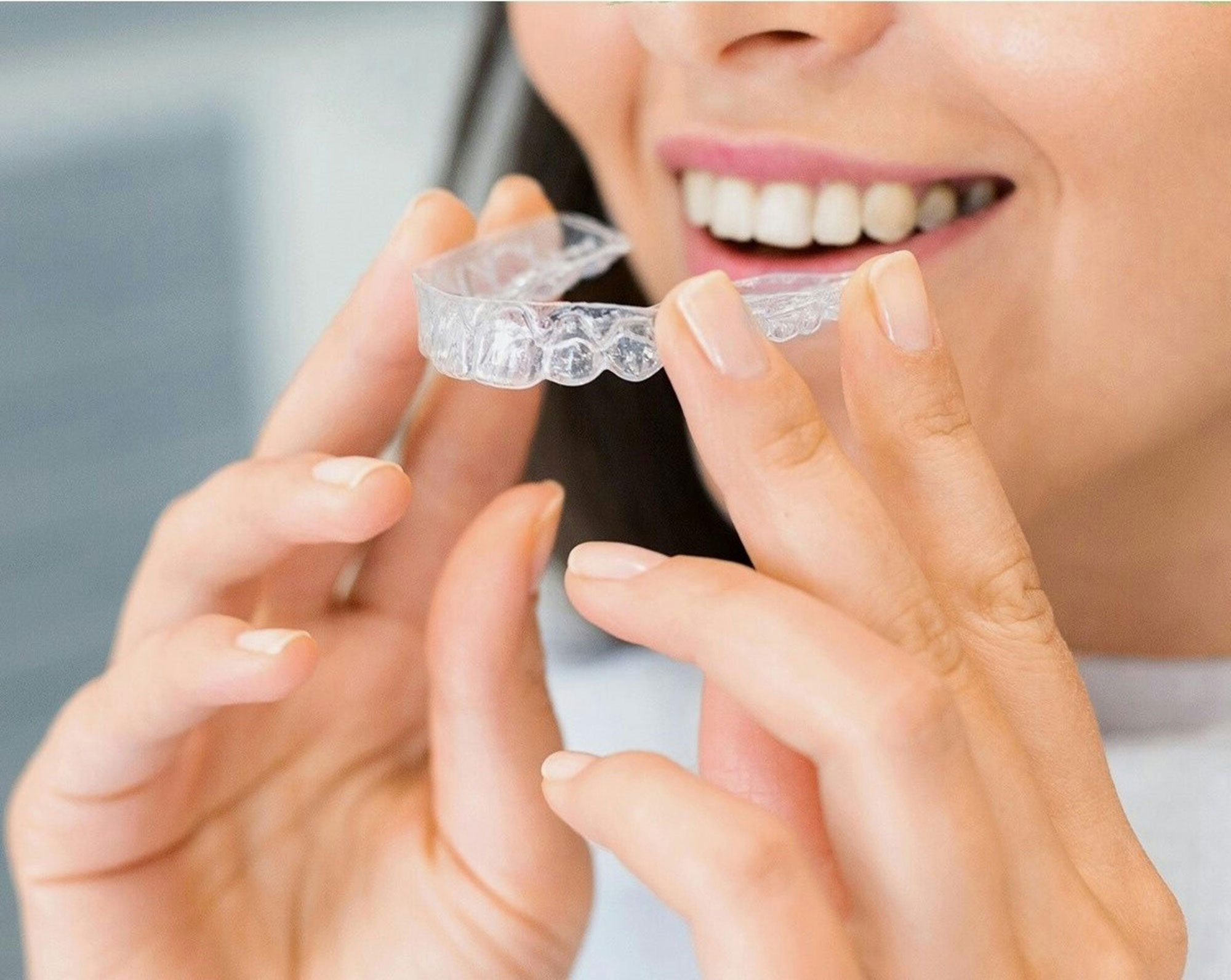Light Therapy for TMJ
Temporomandibular Joint Disorder (TMJ) affects millions worldwide, causing pain and discomfort that can significantly impact one’s quality of life. Characterized by pain in the jaw joint and surrounding tissues, TMJ encompasses a range of conditions affecting jaw movement and function. Traditional treatments have varied from physical therapy to medication and even surgery in severe cases. However, a growing body of research highlights the potential of light therapy as a non-invasive, innovative treatment option. This blog explores how light therapy is being used to provide relief for TMJ sufferers, shedding light on its mechanisms, benefits, and what patients can expect.
Understanding TMJ Disorder
TMJ disorders can manifest through various symptoms, including jaw pain, difficulty chewing, clicking or locking of the jaw joint, and even headaches or earaches. The causes of TMJ are diverse, ranging from genetics and arthritis to jaw injury and habitual teeth grinding. Given the complexity of TMJ disorders, treatments are often multidisciplinary, aiming not just to alleviate pain but also to restore function and prevent recurrence.
The Science Behind Light Therapy
Light therapy, also known as photobiomodulation, involves the application of red and near-infrared light over injuries or lesions to improve wound healing, reduce inflammation and edema, and alleviate pain. The therapy works by emitting photons that are absorbed by mitochondrial chromophores in the cells. This absorption enhances electron transport, increases mitochondrial membrane potential, and leads to a cascade of metabolic events stimulating ATP (adenosine triphosphate) production, a crucial molecule for energy transfer within cells. This process can reduce inflammation, promote healing, and decrease pain.
Light Therapy for TMJ: How Does It Work?
For TMJ disorders, light therapy is applied externally on the skin over the area where the TMJ is located. The therapy aims to penetrate the tissue with light to reach the affected joint and muscles, promoting healing and reducing inflammation from within. The specific wavelengths of light used can penetrate the skin and soft/hard tissues, reaching deep into the muscles and bones surrounding the TMJ, providing relief from pain and discomfort.
Benefits of Light Therapy for TMJ
- Non-invasive: Unlike surgery, light therapy is non-invasive, presenting a treatment option that carries minimal risk.
- Pain Reduction: Many patients report a significant reduction in pain and discomfort following light therapy sessions.
- Increased Mobility: Light therapy can help increase the range of motion in the jaw by reducing inflammation and promoting healing.
- Convenience: Light therapy sessions are relatively quick and can be done in a clinical setting or at home with the guidance of a professional, making it a convenient option for many patients.
What to Expect During Treatment
Treatment protocols for TMJ disorders using light therapy can vary depending on the individual’s specific condition and severity. Generally, sessions last anywhere from 5 to 15 minutes and may be recommended several times a week initially, with less frequency as symptoms improve. While some may feel immediate relief, others may require several sessions to notice significant improvements.
Light therapy emerges as a promising treatment for TMJ, offering a blend of efficacy, safety, and convenience. By harnessing the power of light, it provides a novel approach to managing TMJ disorders, paving the way for those affected to find relief and improve their quality of life. As with any medical treatment, it’s crucial for patients to consult with healthcare professionals to determine the best course of action for their specific needs. With continued research and technological advancements, light therapy's role in treating TMJ and other musculoskeletal conditions is likely to expand, offering new hope to those seeking non-invasive treatment options
MON - SUN 8:00 am - 5:00 pm
2107 Elliott Ave Ste 210,
Seattle, WA
Phone : (206) 728-1330Text Us : (206) 728-1330





